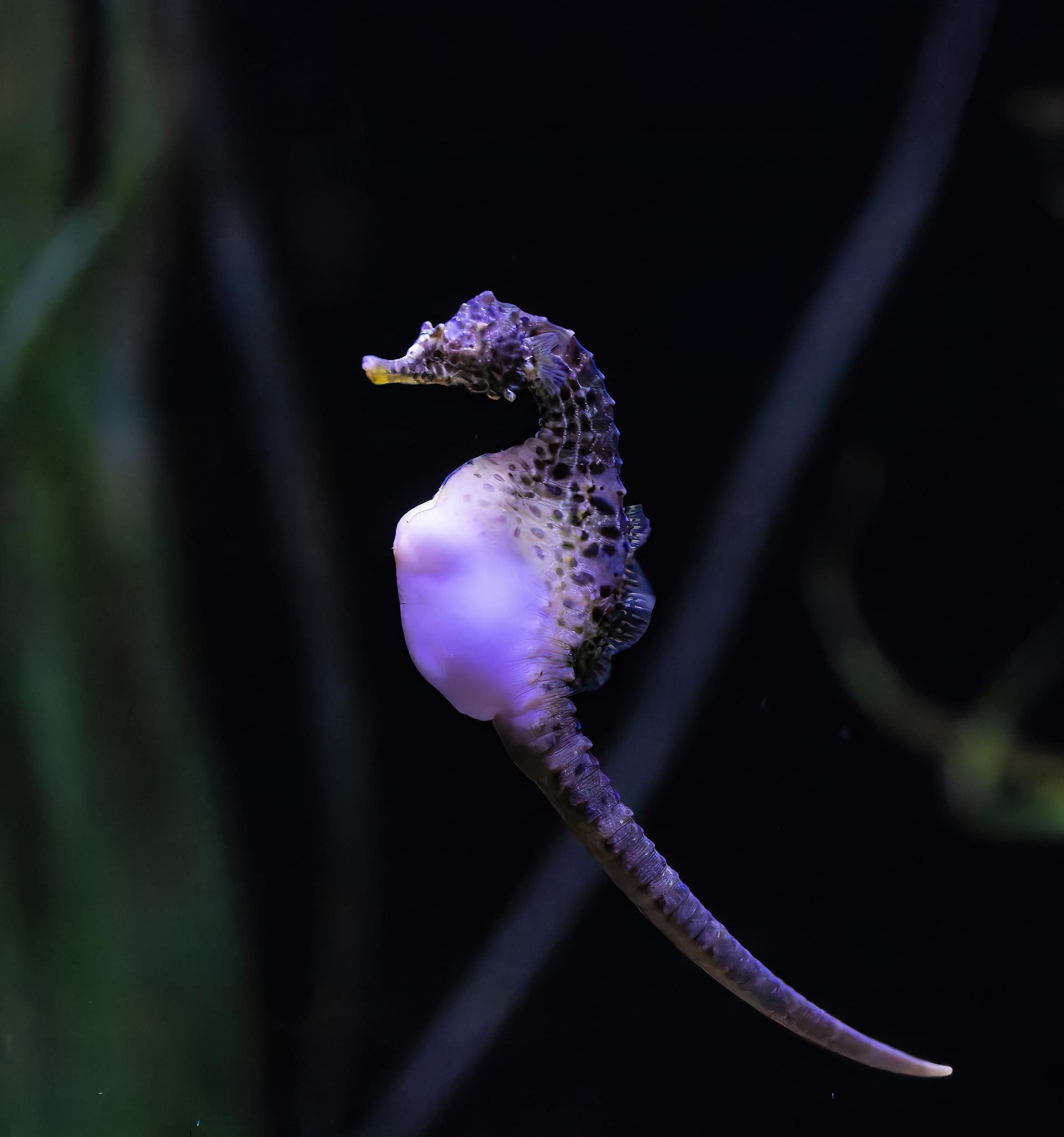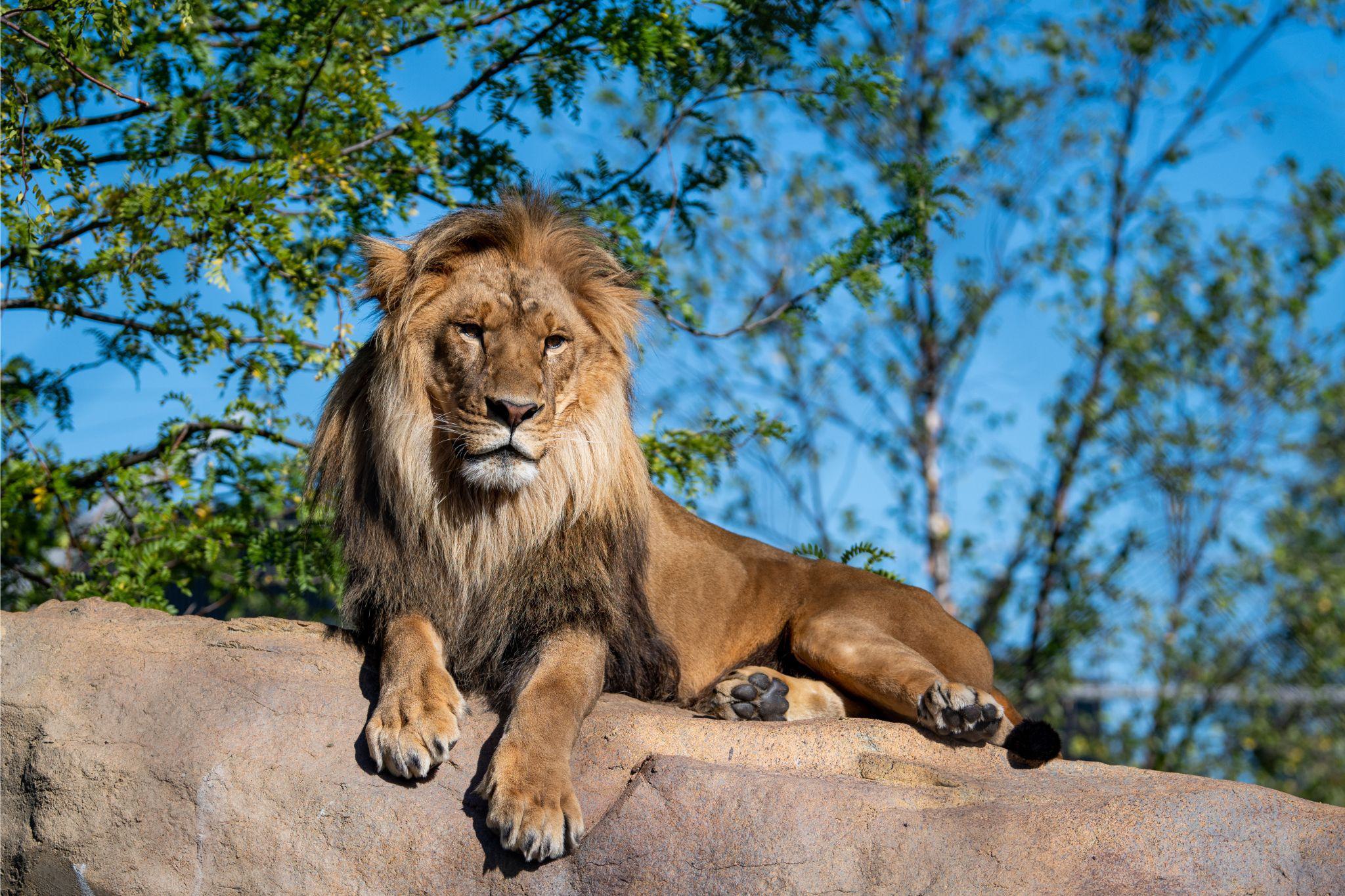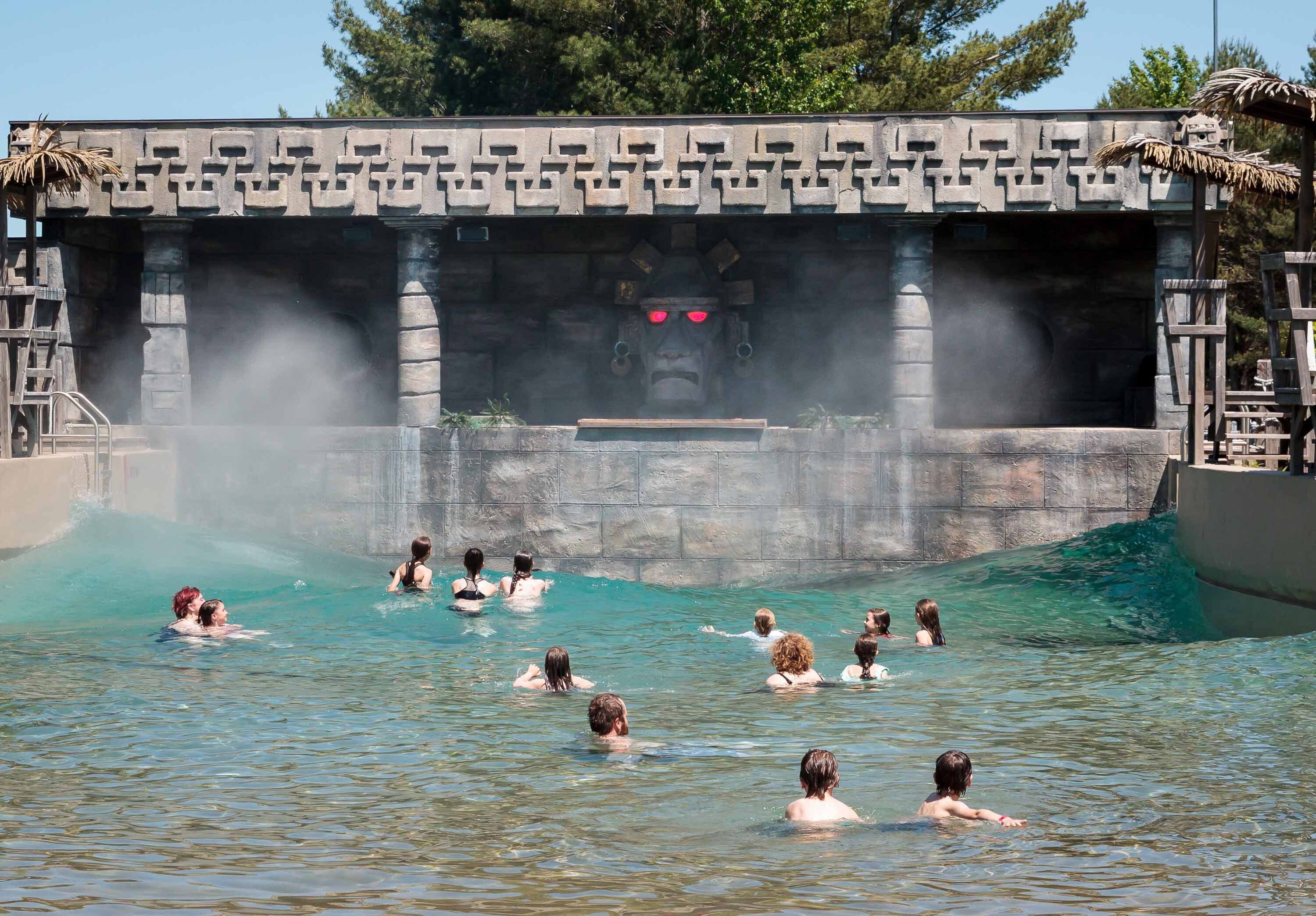
Big-Belly Seahorse
Big-Belly Seahorse
Distribution
Australia and New Zealand
Diet
Carnivore
Habitat
Coastal waters
Latin Name
Hippocampus abdominalis
IUCN conservation status
Measuring between 18 and 35 centimeters in length, it is one of the largest known seahorse species!
Interesting informations






